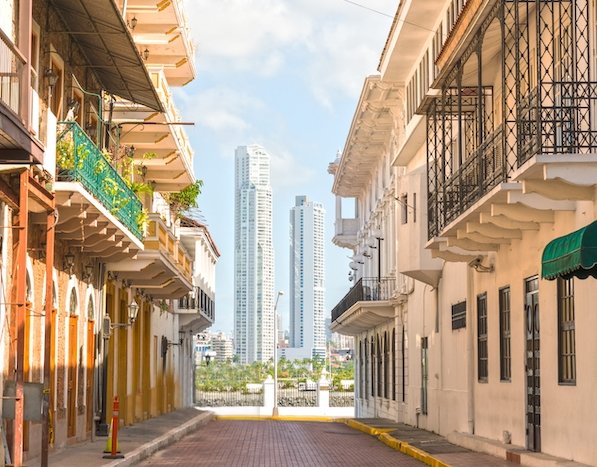
The World Bank (WB) forecasts that the Panamanian economy will grow 7.8% in 2022 and close 2021 with an increase of 9.9%, remaining within the group of countries that lead the economies of Latin America and the Caribbean.
In addition, it forecasts that Panama’s GDP will grow 5% in 2023, according to the World Economic Outlook report published by the World Bank on January 11. It highlights that after the strong rebound registered in 2021, the world economy is entering a pronounced slowdown amid new threats derived from the variants of Covid-19 and the increase in inflation, debt and income inequality , which could jeopardize the recovery of emerging and developing economies.
Global growth is expected to slow markedly, from 5.5% in 2021 to 4.1% in 2022 and 3.2% in 2023, as pent-up demand dissipates and the level of fiscal support declines and monetary all over the world.
In the specific case of Latin America and the Caribbean, the World Bank forecasts that growth will slow to 2.6% in 2022 and then increase slightly to 2.7% in 2023 as fiscal and monetary policy tightens, delay in improvements in labor market conditions continue and external conditions become less favorable.
The recovery process to pre-pandemic gross domestic product (GDP) levels will be uneven in the region and protracted in some countries. The projections prepared until the end of 2023 imply that, if the figures are weighted according to GDP, the Latin American and Caribbean region will lose ground in per capita income not only in relation to advanced economies, but also to those of Asia Eastern and Pacific and those of Europe and Central Asia.
The WB projects that the Brazilian economy will slow down to 1.4% in 2022 (due to limited investor confidence, the erosion of purchasing power derived from high inflation, the tightening of macroeconomic policy, the slowdown in demand from China and falling iron ore prices) to then rebound to 2.7% in 2023.
Mexico’s growth, meanwhile, is projected to decline to 3% in 2022 and 2.2% in 2023. Supply chain bottlenecks are expected to persist through the first half of 2022, while foreign demand will be constrained by slower growth in the United States, and macroeconomic policy will tighten.
On the other hand, projections indicate that growth in Argentina will decelerate to 2.6% in 2022 as private consumption slows as a result of the reduction in fiscal stimulus and investment declines, although the continued impact of strong growth in 2021 led to an improved forecast for 2022. The strong cyclical rebounds seen in Chile, Colombia and Peru in 2021 will weaken in 2022 and again in 2023.
In Central America, growth will remain solid in 2022, at 4.7%, due to the improvement in the outlook for vaccination against Covid-19 and the steady and continuous inflow of remittances. In addition, growth in most Caribbean countries is expected to accelerate in 2022 as a result of the expected rebound in international tourism.
Leave a Reply